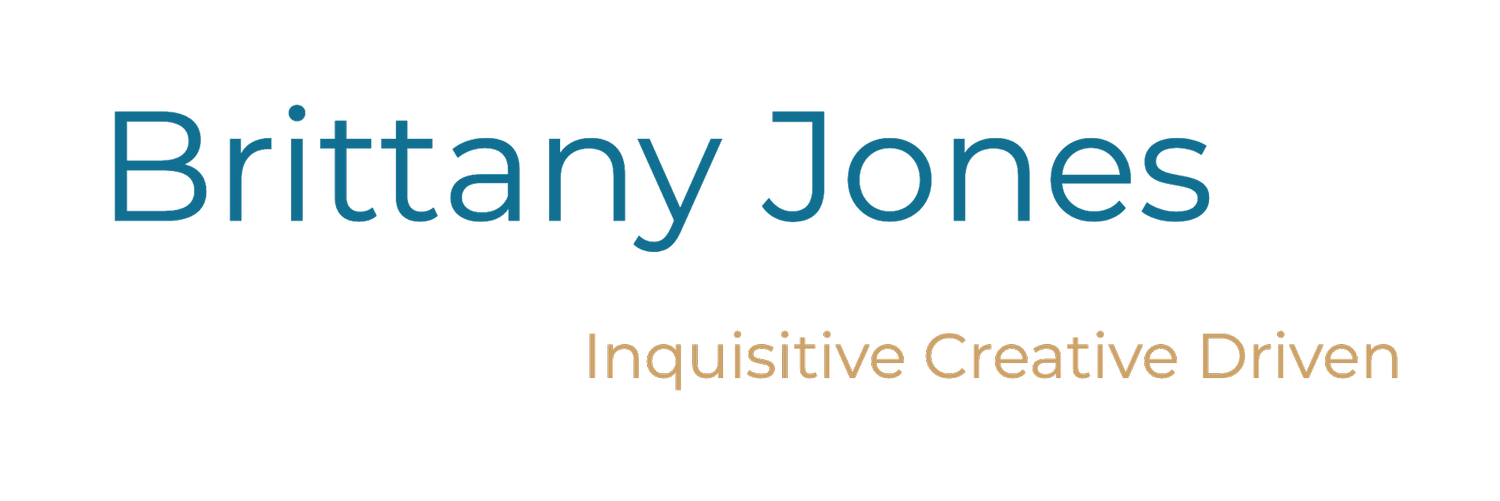Issue
Alight realized that there was a need for spending account holders to understand the year end process. At the end of the year, people have a grace period to spend their previous year’s balance. However, they must use the previous year’s balance for only expenses that accrued in the previous year. Things like copays, doctor bills for treatments that occurred in the previous year can be paid for with their old balance. However, they only have a limited amount of time to submit these claims before the balance goes away. Therefore, the design team decided that it’s important to show people how long they have to use their money before the new year is up since with some accounts, it’s “you use it or lose it”. This means that if you have a balance when the new year occurs, your balance could be forfeited to you employer. Some companies do allow a small portion of the previous year’s balance to rollover (usually around $100-$200).
Process
I decided the best way to answer some of the team’s questions were to conduct remote, moderated usability testing. Because I screened for users with spending accounts, this allowed me to ask users how they decided to get a spending account, what their experience has been like, and how they handle the year end deadline. I felt it was important to get this background information as we had no record of what people’s experience is like with spending accounts. Testing was done three times with a total of 15 participants. With each iteration, the design team made changes based on recommendations that came from the previous test.
Outcome
One of the main issues that came up was comprehension of the information shown. With the first test, the design team came up with a bar graph to indicate how much time users have left to use their spending account money. As the year goes by, the graph changes colors to indicate the year is almost up. However, many users found the bar graph confusing for a few reasons: one was that people mistook the “Today” indicator to be pointing to December 31st. Another was that people did not understand what the bar represented. People thought it was referring to how much was in their account, instead of time left to use their funds. In fact, most said they thought if their balance reached $0, then the bar would turn green.
The original design for the new year shows two balances, one from the previous year (2020) and one for the current year (2021) along with a graph. At first glance, people stated this image was “more confusing than it needs to be by having two balances and a bar graph”. Even though users liked and understood why two balances were shown, they found it perplexing which balance the graph represented. However, after looking at the page for awhile users realized the graph was referring to the previous year. Some people also thought this new graph was telling them they had plenty of time to spend their 2020 balance. We did two more rounds of iterative testing that took into account my design recommendations.
Original DESIGN OF THE end of the year INFO
oRIGINAL DEISGN OF THE END OF THE YEAR DETAILS PAGE
ORIGINAL DESIGN OF NEW YEAR INFO
The third and final test showed vast improvements to user comprehension and pain points that were shown in previous tests. People were able to comprehend the new visuals and also liked seeing additional information such as knowing how many days they have to submit claims when the new year hits and how much of last year’s balance can be used toward said claims. People also liked that the description shows their annual contribution and how much is taken out of each check unlike the original design. This design is currently in development.
redesign of the end of the year info
redesign of NEW year details page
redesign of new year info







